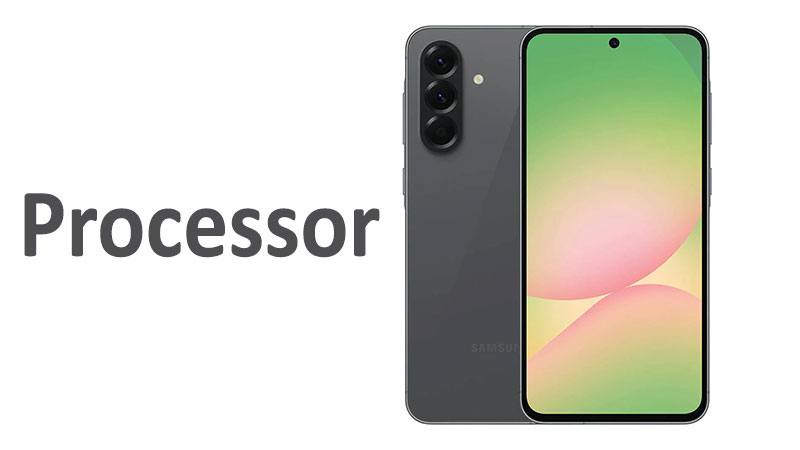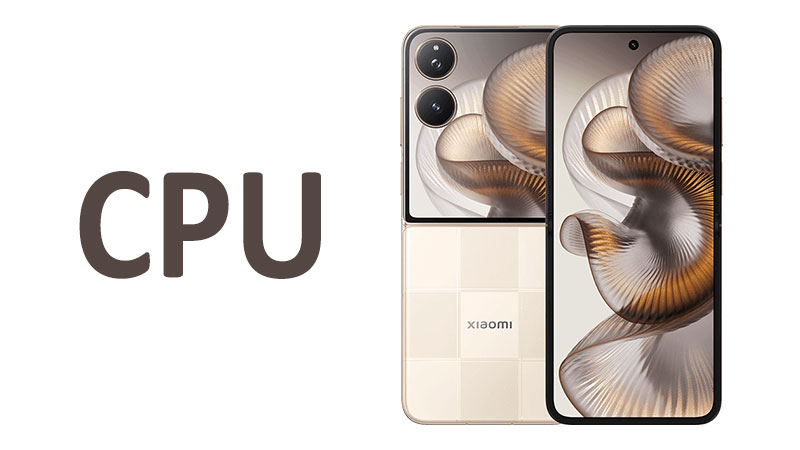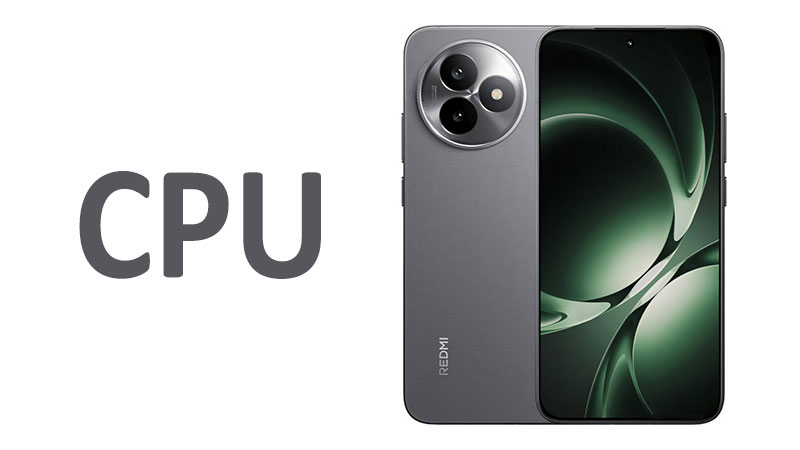The smartphone market is more competitive than ever, and at the heart of every device lies a crucial component: the processor. It’s the brain that dictates everything from app launch speeds and gaming performance to battery life and AI capabilities. For Samsung’s latest mid-range champion, the Samsung Galaxy A56, the company has once again turned to its in-house silicon, the Exynos 1580 chipset. This review will provide a comprehensive look at the Exynos 1580, exploring its architecture, performance, and how it elevates the user experience on the Galaxy A56. As mid-range smartphones become increasingly powerful, understanding the processor is essential for any consumer looking to make an informed buying decision.
Exynos 1580: A Technical Breakdown
The Exynos 1580 represents a significant evolutionary step for Samsung’s mid-range processors. Built on a 4nm EUV manufacturing process, this chipset is designed for both high performance and power efficiency. This advanced process technology is a key factor in improving both the speed and battery life of the Galaxy A56. The chipset features an octa-core CPU with a new tri-cluster architecture, a departure from previous designs.
The CPU is configured as follows:
- A single high-performance Cortex-A720 core clocked at 2.9 GHz for handling demanding tasks.
- Three additional Cortex-A720 cores operating at 2.6 GHz to provide a balance of performance and efficiency.
- Four power-efficient Cortex-A520 cores running at 1.95 GHz for everyday tasks, ensuring the battery lasts longer.
This tri-cluster arrangement allows the phone to dynamically allocate resources, providing power when needed and conserving energy during lighter use. The Exynos 1580 also features a new Xclipse 540 GPU, which is a “third-generation custom GPU” based on the RDNA architecture. This partnership with AMD promises improved graphical performance, especially in mobile gaming.
Performance and User Experience
The performance of a smartphone processor isn’t just about raw speed; it’s about the entire user experience. The Exynos 1580 on the Galaxy A56 delivers a fluid and responsive experience for most users. App launches are quick, multitasking is seamless, and general navigation through the One UI 7 interface feels snappy.
For mobile gamers, the Exynos 1580 is a major highlight. The new Xclipse 540 GPU provides a noticeable boost over its predecessor. Games like Genshin Impact and Call of Duty Mobile run smoothly at stable frame rates, a testament to the chip’s improved graphical processing power. While it may not compete with top-tier flagship processors, it holds its own in the mid-range segment, providing a very satisfying gaming experience.
Specialized Comparisons: Exynos 1580 vs. Exynos 1480
When evaluating the Exynos 1580, it is helpful to compare it to its predecessor, the Exynos 1480 found in the Galaxy A55. This comparison reveals a clear path of improvement:
- CPU Performance: The shift to a tri-cluster architecture with faster core clocks provides a tangible increase in CPU performance. The Exynos 1580 is notably faster, especially in single-core tasks and demanding applications.
- GPU and Gaming: This is where the biggest leap is evident. The Xclipse 540 GPU offers a significant upgrade in graphical prowess, with Samsung claiming up to a 37% improvement in GPU performance. This translates to better frame rates and more stable gameplay in graphically intensive titles.
- AI and NPU: The Exynos 1580 features a more powerful Neural Processing Unit (NPU) with up to 14.7 TOPS of computing power. This enhanced AI capability directly benefits the Galaxy A56’s on-device AI features, such as advanced photo editing, Circle to Search, and live translation.
While both are capable mid-range chips, the Exynos 1580 is a more future-proof option, ready to handle the increasing demands of modern apps and the growing importance of on-device AI.
The Pros and Cons of the Exynos 1580
Choosing a smartphone is a balance of trade-offs, and the Exynos 1580 is no exception. Here are the key advantages and disadvantages of this chipset.
Pros:
- Improved Performance: The new CPU and GPU architecture provides a significant performance boost over the previous generation.
- Enhanced AI Features: The powerful NPU enables a suite of “Awesome Intelligence” features on the Galaxy A56, bringing flagship AI tools to the mid-range.
- Power Efficiency: The 4nm manufacturing process and tri-cluster CPU design lead to better battery life, allowing the A56’s 5,000mAh battery to last all day.
- Strong Multimedia Support: The chipset supports high-resolution cameras up to 200MP and features an upgraded Image Signal Processor (ISP) for better photo and video quality.
Cons:
- Gaming Optimization: While performance is strong, some games may not be fully optimized for the Exynos chipset, which can sometimes lead to inconsistent performance compared to a device with a more common Snapdragon processor.
- Thermal Management: In some extremely demanding tasks, the chipset can run warm. Although this is not a major issue for most users, it’s a point to consider for hardcore gamers.
These points highlight that the Exynos 1580 is a well-rounded mid-range processor that excels in daily use and offers strong performance in specific areas, but it does have some minor limitations.
What a Buyer Should Know
For anyone considering the Samsung Galaxy A56, the Exynos 1580 is a core part of the value proposition. It’s a key reason why the phone can offer features like on-device AI and smooth gaming at an accessible price point. The processor is powerful enough to handle years of software updates and new applications without slowing down. The A56 is also equipped with fast UFS 3.1 storage and LPDDR5 RAM, which work in tandem with the Exynos 1580 to ensure a fast and responsive user experience.
The integration of the chip with Samsung’s ecosystem is another major benefit. The synergy between the hardware and the One UI software ensures a smooth, optimized, and secure experience. Furthermore, the Galaxy A56 comes with a commitment to long-term software support, meaning the performance of the Exynos 1580 will be a factor for years to come. This makes the A56 a solid long-term investment.
Conclusion
The Samsung Galaxy A56 processor, the Exynos 1580 chipset, is a formidable engine for a mid-range smartphone. It represents a major upgrade from the previous generation, bringing significant improvements in CPU, GPU, and AI performance. The 4nm architecture and tri-cluster design ensure a balance of power and efficiency, providing a fluid user experience and excellent battery life.
While there are minor trade-offs, the overall package offered by the Exynos 1580 is incredibly compelling. It’s a chipset that not only handles current demands with ease but is also equipped to manage the challenges of future software and AI features. For consumers seeking a powerful, feature-rich, and future-proof mid-range phone, the Samsung Galaxy A56 with its Exynos 1580 is an excellent choice. It’s a testament to Samsung’s commitment to delivering high-end features at an affordable price.
FAQ
Yes, the Exynos 1580 is very capable for gaming. The new Xclipse 540 GPU delivers strong performance, providing smooth frame rates in most popular mobile games.
The Exynos 1580 performs comparably to similarly-priced mid-range Snapdragon chips. It’s an excellent performer in its class, though specific optimizations may vary between different games and apps.
Yes, the Exynos 1580 has a dedicated NPU (Neural Processing Unit) that is crucial for the “Awesome Intelligence” AI features found on the Samsung Galaxy A56.
Yes, the Samsung Galaxy A56, with its Exynos 1580 chipset, is faster and more powerful than the Galaxy A55, which uses the older Exynos 1480.
The Exynos 1580 is fabricated on an advanced 4nm EUV manufacturing process, which contributes to its improved performance and power efficiency.



